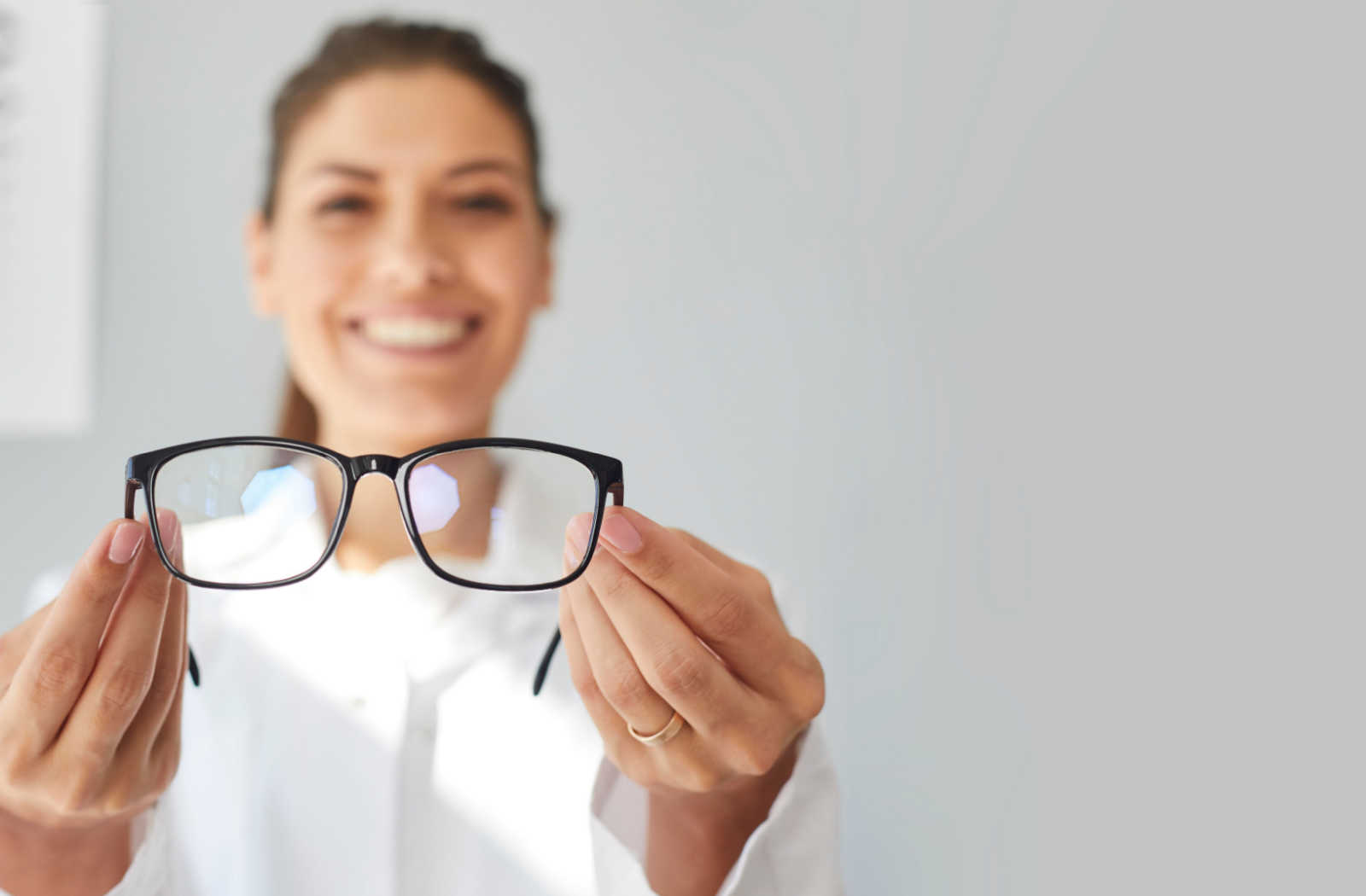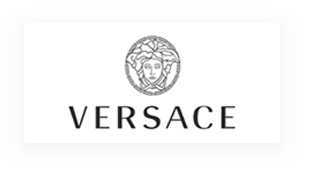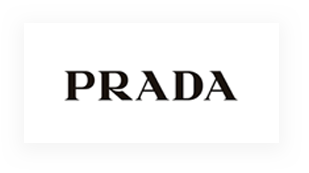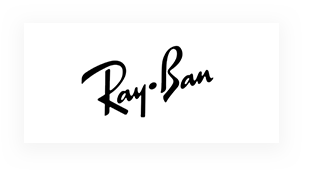Getting your glasses prescription can be an exciting part of getting a comprehensive eye exam—until you actually look at the prescription paper. What are those initials? What do all those numbers mean?
Glasses prescriptions typically include several figures and categories eye doctors use to determine the right prescription for your vision needs. Correctly reading your glasses prescription requires an understanding of what each category and measurement is for, including O.D., O.S., SPH, CYL, axis, and add.
Some glasses prescriptions also come with measurements for prism and PD. Understanding how each measurement relates to your visual needs and the fit of your eyeglasses can help you work with an optometrist or optician to find new frames, lenses, and sunglasses that meet your needs.
What Do the Numbers on Glasses Prescriptions Mean?
Each number recorded on your eyeglasses prescription measures a specific part of your vision. The common numbers and descriptors you can expect to see on your prescription include each of the categories below. The exact numbers recorded for your prescription—and the categories filled out—can depend on your eye health and vision needs.
O.D. & O.S.
Many standard eyeglasses prescriptions are split into two sections, usually represented as rows marked with O.D. & O.S., for oculus dexter and oculus sinister. Those names might sound ominous, but they couldn’t be more harmless.
Oculus dexter simply refers to your right eye, and oculus sinister refers to your left eye. The numbers recorded in each category are measurements of your eyes’ visual abilities and needs for prescription lenses.
Sphere (SPH)
SPH is the lens power needed to provide clear vision for each eye. A minus (-) sign next to the number recorded for SPH indicates your vision is nearsighted, while a plus (+) sign indicates your vision is farsighted.
SPH is measured on a scale with 0 in the middle. The further away your SPH number gets from 0 in either direction, the more powerful your lenses will need to be to help you see clearly.
Cylinder (CYL) & Axis
CYL is a measurement of the degree of astigmatism affecting your eyes. Astigmatism is a condition caused by the shape of your cornea—the transparent front part of your eye.
Individuals without astigmatism have a cornea shaped like a sphere, while those with astigmatism have a cornea shaped more like an oval, or a football, which can change how light refracts in your eye and result in blurry vision at all distances.
Astigmatism is a relatively common refractive error, and most people have some form of astigmatism, but minor astigmatism may not require as much vision correction as more severe astigmatism.
Axis is another measurement for astigmatism that reflects the degree of astigmatism. It is represented as a number from 1-180 and indicates where your astigmatism lines up on your eye. Both axis and CYL are required to support the vision of those affected by astigmatism.
Add
Add is the space on your prescription used to record additional lens powers that may be needed for your glasses. For example, if you are getting progressive lenses (also known as multifocal lenses), the additional lens power needed for your lenses will be recorded here.
Prism
Prism is a unique measurement used to record the type of correction needed for individuals who require vision support for challenges related to eye misalignment, such as strabismus and amblyopia (lazy eye).
Pupillary Distance (PD)
Pupillary distance is used by optometrists and opticians to measure the distance between each of your pupils. This measurement is important for fitting your eyeglasses so that each of your eyes lines up with the middle of your lenses, where you can enjoy full, clear visual support.
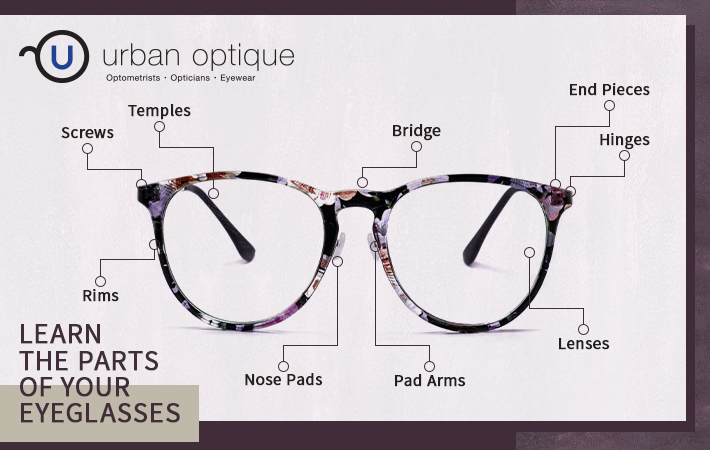
What Are the Different Parts of Eyeglasses?
Do you know all the different parts of your eyeglasses? Knowing what to call the different pieces of your glasses can help you speak with an eye care professional about adjustments you might need to help your fit.
The different parts of most eyeglasses include:
- Lenses: clear pieces of glass, plastic, or another material shaped according to your prescription to help you see clearly.
- Rims: the part of your frames that establish the outline of your glasses and hold your lenses.
- End pieces: small parts that extend out on each side to connect your rims or lenses to your glasses’ temples.
- Bridge: the centre piece that sits on your nose and connects your rims and lenses.
- Hinges: joints that sit on the end of your end pieces and allow you to fold your glasses’ temples in.
- Screws: small fasteners that connect your glasses’ end pieces and temples.
- Nose pads: small pads below the bridge that help your glasses stay comfortable and fit in the right spot on your face.
- Pad arms: adjustable arms that hold your nose pads in place.
- Temples: the arms of your glasses that extend out on either side of your frames and sit on your ears.
Can You Customize Your Lenses?
Choosing the right glasses for your needs can extend beyond just getting the right prescription and picking frames you love. You can also customize your glasses by choosing unique types of lenses and lens coatings to suit your preferences and lifestyle.
What Are the Different Types of Lenses?
3 of the more commonly used lens types are single-vision lenses, bifocal lenses, and progressive (multifocal) lenses.
Single-vision lenses have just one prescription. They might be used as everyday lenses or for supporting specific activities like reading and other forms of close work.
Bifocal lenses have 2 prescriptions in 1 lens to help individuals whose eyes are affected by multiple refractive errors, such as older adults who need vision support for both myopia and presbyopia.
Progressive lenses have multiple prescriptions for near, intermediate, and far vision to help you see clearly during multiple activities without needing to switch glasses.
What Are the Different Types of Lens Coatings?
There are many types of lens coatings to help customize your lenses for specific activities. Some of the common coating options include anti-fog, anti-reflective, UV protection, and polarized.
During your eye exam, we can help you determine which customization options you can choose to help your lenses support all your vision needs.

Get a Clear Prescription for Your Glasses
At Urban Optique, we’re dedicated to meeting your needs for eye care and vision support. Not only can we provide a glasses prescription to help you see clearly, but we’ll also take the time to help you understand your prescription and work with you to find glasses that meet all your needs—for visual clarity and your personal style. Request an appointment today to speak with us about your needs for prescription glasses.

